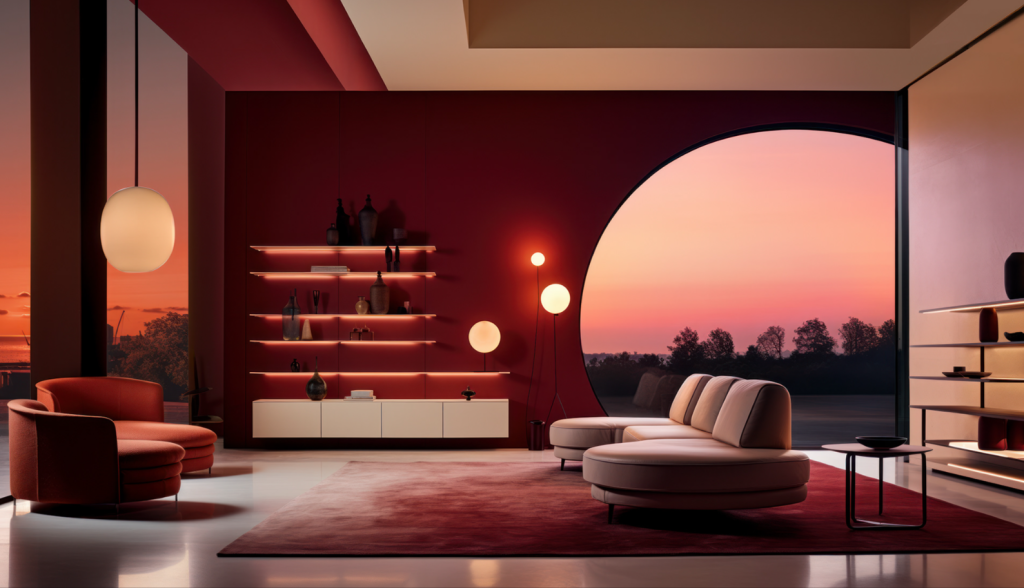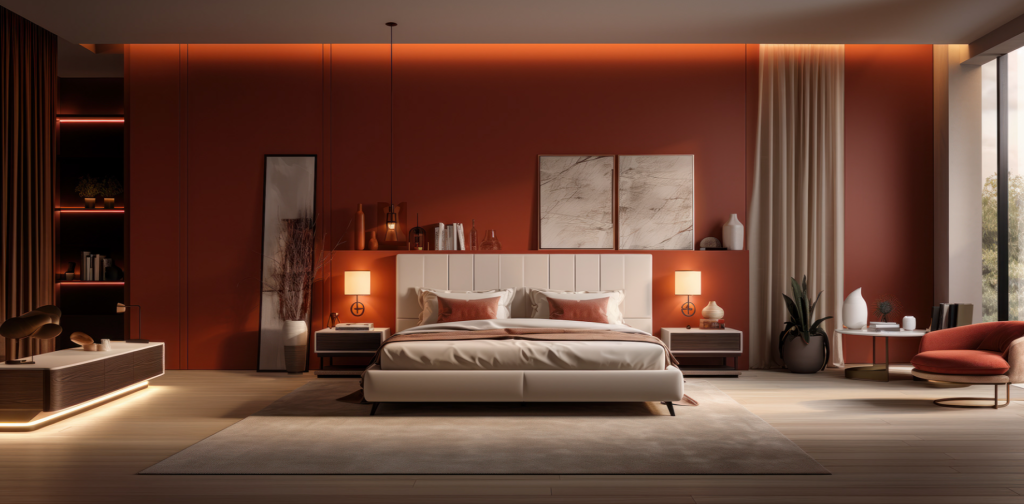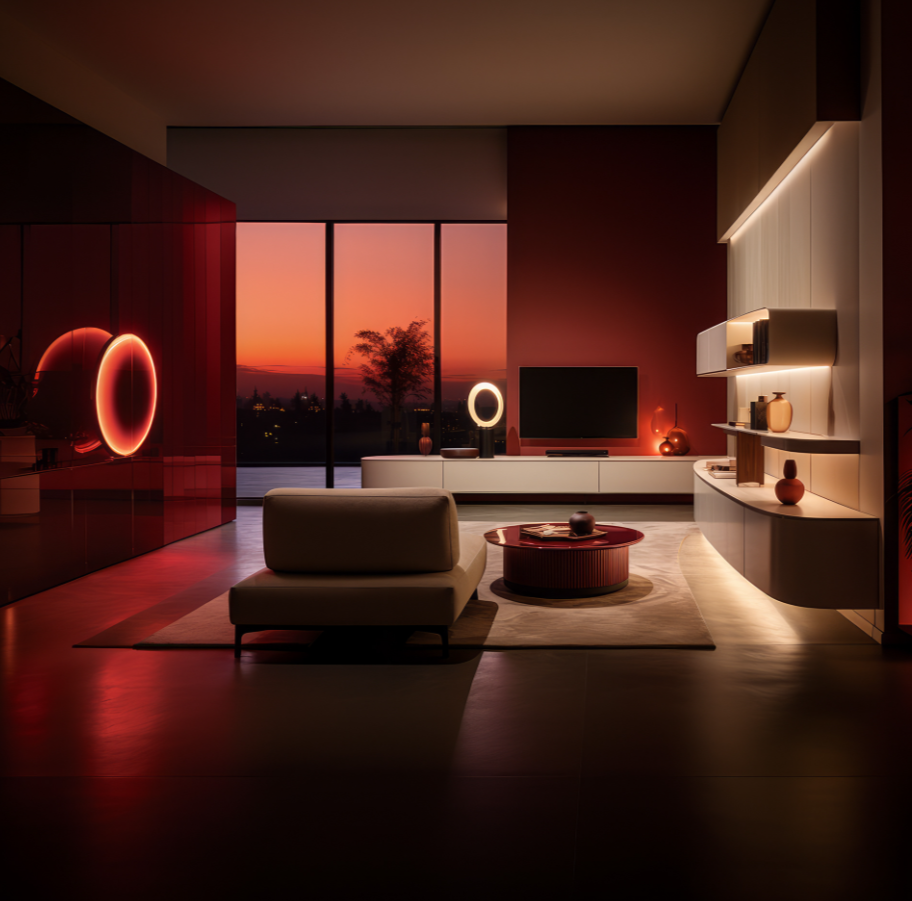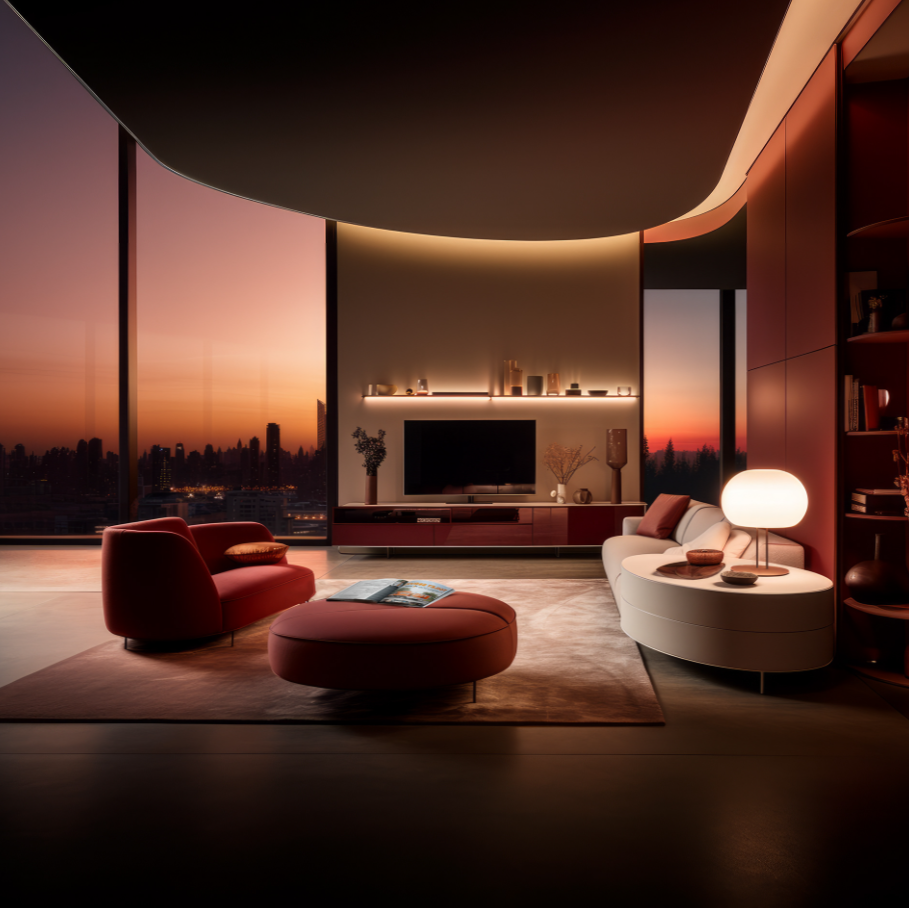MONOCHROMATIC
Monochromatic style masterfully employs varying shades and tones of a single color, achieving a visually captivating and harmoniously balanced and united interior design scheme.

When a single color palette is used predominantly throughout an interior design, it is often referred to as a “monochromatic” or “monochromatic color scheme” style. In a monochromatic design, various shades, tones, and tints of a single color are used to create a harmonious and cohesive look. This design approach can result in an elegant space with a strong sense of unity. Key characteristics of a monochromatic design style include:
1. One Dominant Color: The primary color is chosen as the dominant hue, and it forms the foundation of the entire color scheme.
2. Variation in Shades: Different shades of the chosen color are used to add depth and contrast. This can include lighter and darker variations of the color.
3. Texture and Pattern: To prevent the space from feeling flat or monotonous, designers often introduce a variety of textures and patterns in the same color family. This adds visual interest without disrupting the monochromatic theme.
4. Accents and Neutrals: While the primary color is the focus, accents and neutrals may be used sparingly to break up the monotony. These accents can be in the form of complementary colors or metallic finishes like gold or silver.
5. Balanced Design: Achieving balance is essential in monochromatic design. This involves careful consideration of the distribution of different shades, textures, and elements throughout the space.

Monochromatic design can be applied to various design styles, from traditional and classic to modern and minimalist. It offers a timeless and sophisticated look that can create a sense of calm and cohesiveness in a room. Additionally, it’s an excellent choice for those who prefer a clean and uncluttered aesthetic or who want to emphasize a particular color that holds personal significance.


